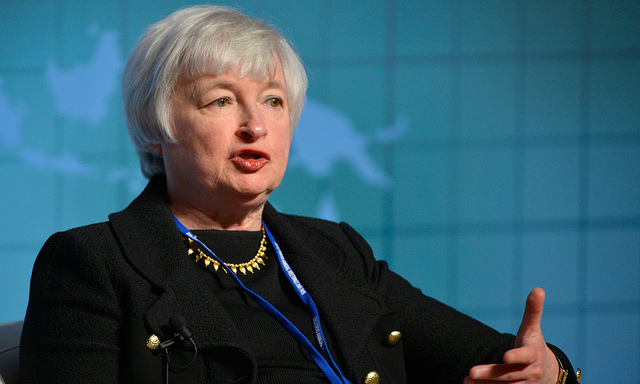
PANEL 2: INFLATION, DEFLATION, AND MONETARY RULES
Moderator: Jeffrey A. Miron
Senior Lecturer, Harvard University, and Senior Fellow, Cato Institute
Charles I. Plosser
Former President and CEO, Federal Reserve Bank of Philadelphia
John B. Taylor
Mary and Robert Raymond Professor of Economics, Stanford University
George A. Selgin
Director, Cato Center for Monetary and Financial Alternatives
Scott B. Sumner
Director, Program on Monetary Policy, Mercatus Center, George Mason University
=–==-=-
Missed Plosser.
Got here in time to hear Taylor. Mentions the effects of non-rule-based monetary policy. ?Notes how capital controls are being tolerated more and more. ?More and more volatility in financial markets.
Mentions how he called the change in 2003-5, and how QE is essentially anti-rule in its application. ?”QE begets QE.”
Central banks follow each other more and more. ?Rules based policy is not impossible per se. ?If more nations were to follow them, you could get a global economy that is rule based.
“Rule-based policy begets rule-based policy.” Would not threaten independence of Central Banks.
Selgin — Real & Pseudo Monetary Rules [playing off Friedman Real and Pseudo Gold Standard]
Should rule out capricious monetary policy a la Venezuela — avoid political influence. ?Could allow for a more timely policy than discretion might achieve. ?Rules aid credibility.
Rules are no good if they aren’t followed and enforced. ?Robust rules would not lead to regret.
Pegged exchanged rate is a pseudo-rule. ?Audit the Fed has weak rules and enforcement/consequences.
A psuedo rule could be worse than discretion. ?When the rule breaks there could be negative results.
Suggests that a contractual rule provides sanctions. ?Nonadherence to a standard leads to losses. ?Monetary policy via government promises versus private contract will fail, promises will be broken.
If monetary instruments are targets, easy to achieve, but may not do good for the economy. ?Feedback rules could be the best. ?Long and variable lags will apply.
Dollarization, Bitcoin, blah, blah, blah… slight diss of Scot Sumner
Scott Sumner: Nudge the Fed to a rules based, nominal GDP based approach. ?Central banks move slow. Three pragmatic reforms:
- Define stance of monetary policy — is policy easy or tight?
- Make Fed more accountable — revisit past policy ex post
- Take small steps toward NGDP targeting.
We don’t clearly know whether policy is truly tight or loose. ?What is the right variable?
Interest rates don’t measure the status of monetary policy. ?Asset prices showed policy was tight as prices fell in 2008. ?Mishkin — NGDP.
NGDP looks at both the supply side and demand side. ?Bernanke admitting mistakes [DM: but does not admit anything on the 2000-2005 overexpansion of liquidity].
Asks that the Fed look back over 1-2 years to analyze how monetary policy really was in terms of tightness. ?Level targeting within bounds would give guidance to decisions.
NGDP futures market proposed. ?[DM: that is a punters market, and won’t work.
Q: to Sumner: NGDP includes govt spending, so it can be gamed.
S: too big too exclude. ?Aggregate nominal labor compensation might be better as a target.
Q: David Malpass: what would work better for tight/loose than interest rates?
Taylor: money growth — rules vs not are a more important thing
Q: Bert Ely: Why not let the market dictate policy?
Selgin: that could be gamed. ?Fiat money is artificially scarce. ?Not sure what you would actually target, feed back, etc.
Q: is the dual mandate a good thing?
Plosser: the dual mandate is important. ?Actual text of the dual mandate is important — and it does have its problems, because it creates discretion.
